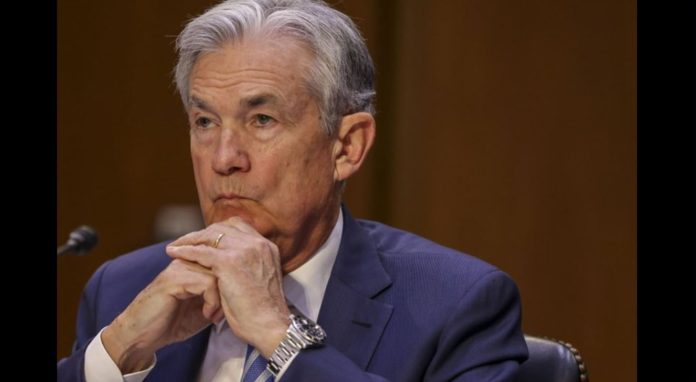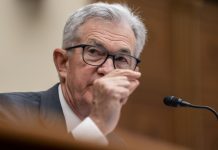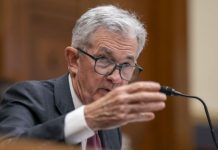
Dec. 14 (UPI) — The U.S. Federal Reserve on Wednesday raised interest rates by another half a percentage point, bringing the benchmark interest rate to the highest point in 15 years.
The Federal Reserve Open Market Committee announced the move Wednesday, brining the federal funds rate to a target range of 4.25% to 4.5%.
The Fed said in the statement that it “anticipates that ongoing increases in the target range will be appropriate in order to attain a stance of monetary policy that is sufficiently restrictive to return inflation to 2 percent over time.”
The Fed will raise interest rates up to the expected “terminal rate” of 5.1% in 2023 before its inflation battle ends, according to the Fed’s median forecast also released Wednesday. No reductions in interest rates are expected until 2024, according to the Fed.
Wednesday’s interest rate hike is the seventh this year and follows four consecutive three-quarter-point interest rate increases. Stocks fell on the interest rate hike news, with the Dow Jones Industrial Average down about 300 points during volatile trading.
“Inflation data received so far for October and November show a welcome reduction in the monthly pace of price increases,” Fed Chair Jerome Powell said in a news conference Wednesday. “But it will take substantially more evidence to have confidence that inflation is on a sustained downward” path.
The Fed statement included an intention to continue what’s known as quantitative tightening of monetary policy.
“The Committee will continue reducing its holdings of Treasury securities and agency debt and agency mortgage-backed securities,” the FOMC statement said.
According to CNBC, the Fed is allowing a capped total of $95 billion in maturing bonds to roll off its balance sheet each month.
While inflation may be easing, the U.S. economy was driven by it in 2022. In January 2022 consumer inflation was at 7.5%, the highest since February 1982. By November it had declined slightly to 7.1%, still far above the Fed’s goal of 2%.
The FOMC lowered its GDP economic growth projections for 2023, forecasting growth of just 0.5%. The committee projected that unemployment would rise notably and is expected to be higher in 2024 and 2025.






